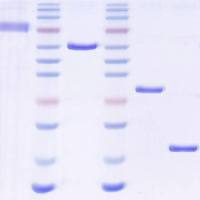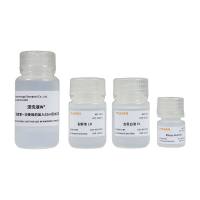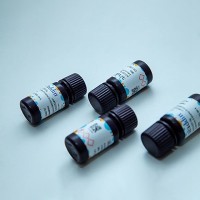RT-LATE-PCR for mRNA and Viral RNA Detection and Quantification
互联网
913
LATE-PCR is an optimized form of asymmetric PCR that efficiently generates high levels of single-stranded DNA amplicons. Single-stranded amplicons are advantageous because, as shown in this chapter, they can be probed at low temperature(s) with one or more probes. Based on its properties, LATE-PCR is also useful for constructing multiplex assays.
Viral RNA or RNA present in cells can be detected and quantified using LATE-PCR preceded by a reverse transcription (RT) step that converts RNA into cDNA. According to the conventional two-step approach, RT is primed using nonspecific random oligonucleotides prior to performing PCR amplification in a separate step. Recently, however, the so-called “one-step” RT-PCR strategy has gained increasing popularity because all reagents needed for both reactions are added together in a single mix, thus reducing the possibility of contamination, a consideration particularly relevant to viral samples analysis. We describe below two protocols using RT-LATE-PCR and provide specific guidelines for the general application of this technique. The first protocol is devised to quantify mRNA from mouse embryos by real-time PCR; the second protocol employs end-point analysis to detect a number of different viral-like sequences in a multiplex reaction.









